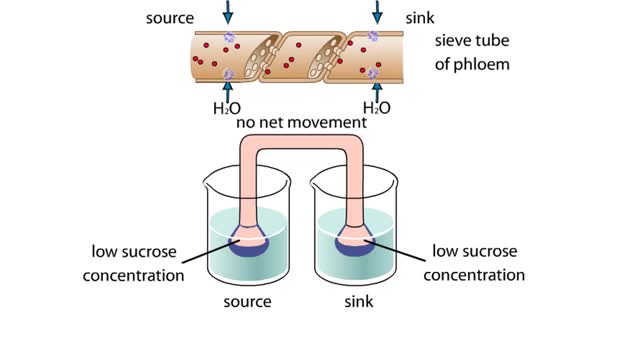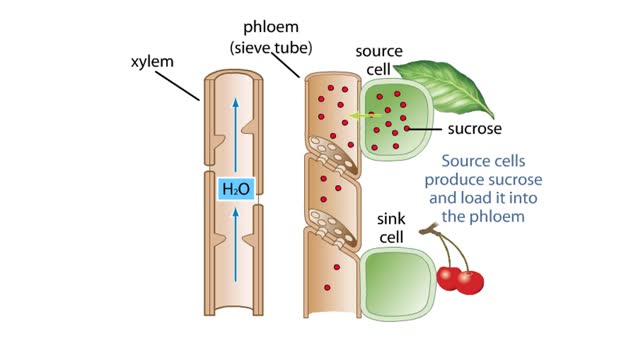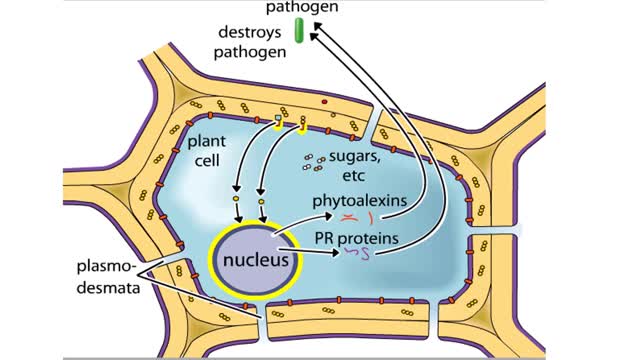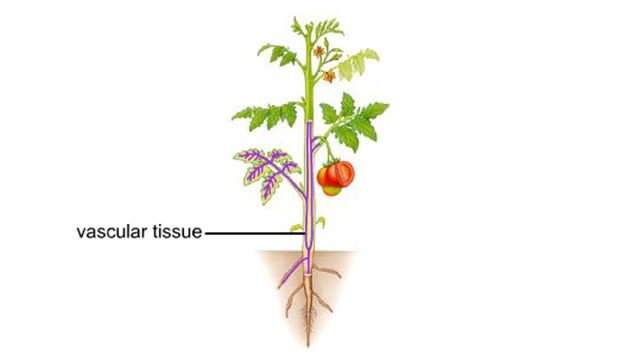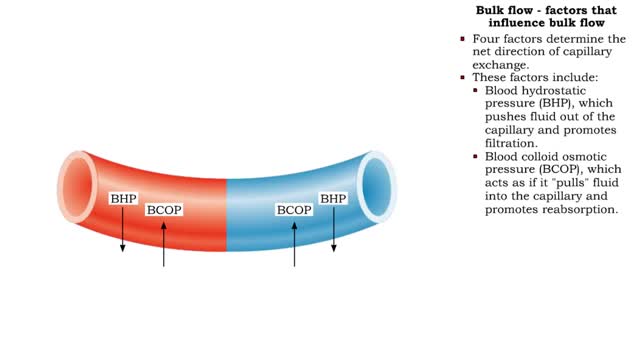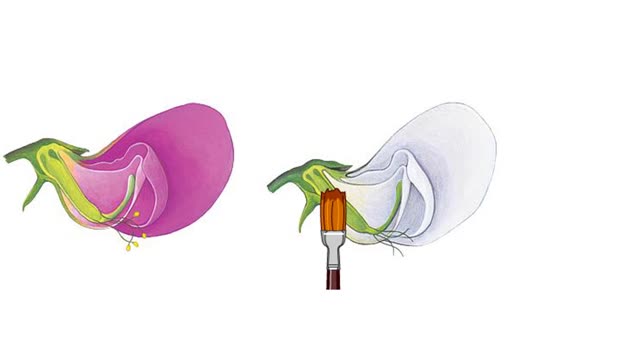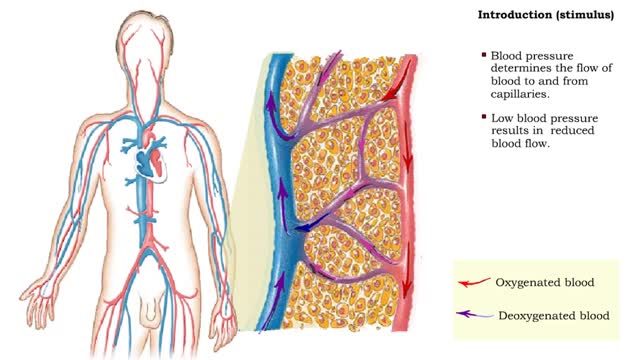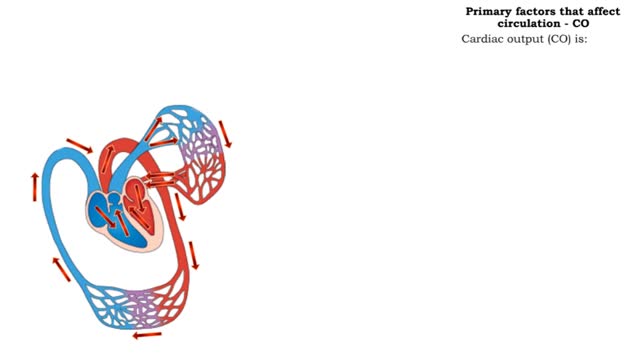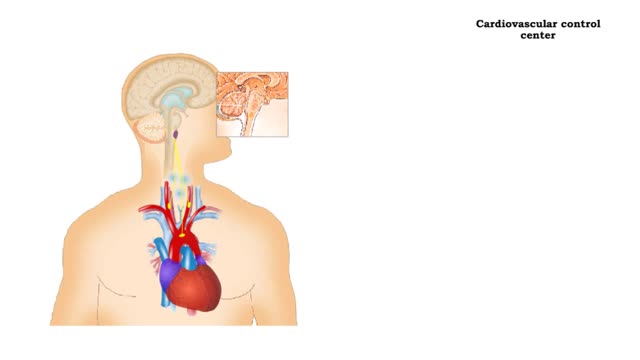Search Results
Results for: 'The Pressure Flow Model in a Plant'
By: HWC, Views: 5848
This apparatus of beakers A and funnels simulates the flow of a sucrose solution in the phloem of a plant. The funnels and connecting tube represent a sieve tube of the phloem. Differentially permeable membranes cap the funnels at the source and sink ends, allowing water, but not sucrose, to cros...
The Pressure Flow Model in a Plant
By: HWC, Views: 6014
The vascular system of plants has two transport tissues, called xylem and phloem. Xylem transports water and minerals, while phloem transports a variety of dissolved substances, including sugars and amino acids, throughout the plant. Water in the xylem always moves up, in the direction from th...
Plant Defense Mechanisms from Pathogens
By: HWC, Views: 6091
Plants and pathogens have coevolved such that pathogens can recognize plants by the sugars, or other molecules, they produce. Plants, in turn, can recognize pathogens by the molecules they produce. The ability to recognize pathogens allows plants to activate defense systems that can prevent wides...
By: HWC, Views: 1226
The bulk of the plant body is comprised of ground tissue. Vascular tissue threads through the ground tissue. It distributes water, solutes, and organic substances through the plant body. Dermal tissue covers and protects the surfaces of the root and shoot systems.
Bulk flow - factors that influence bulk flow
By: HWC, Views: 6316
• Bulk flow helps regulate the relative volumes of blood and interstitial fluid. • Flow from blood to interstitium is called filtration. • Flow from interstitium to blood is called reabsorption. • Four factors determine the net direction of capillary exchange. • These factors in...
Mendel's pea plant, Pisum sativum experimental
By: HWC, Views: 4512
Mendel chose the garden pea plant, Pisum sativum, for experimental tests of his ideas about inheritance. Under normal circumstances, the garden pea plant is self-fertilizing. This cross-section shows the gamete-forming structures. Sperm-producing pollen grains form in the stamens. Eggs deve...
By: HWC, Views: 6317
• Blood pressure determines the flow of blood to and from capillaries. • Low blood pressure results in reduced blood flow. • High blood pressure can cause blood vessels to break. In humans, sensitivity is due to portions of the nervous system called receptors. Receptors are typicall...
The primary factors that affect circulation - MABP, CO and SVR
By: HWC, Views: 6939
Introduction Blood flow is determined by the relative intensities of factors that drive and resist moving blood. • Cardiac output (CO) equals the mean arterial blood pressure (MABP, a driving force) divided by systemic vascular resistance (SVR, a resisting force). • Hormones and the cen...
Negative Feedback Regulation of Blood Pressure
By: HWC, Views: 6646
stimulus • Blood pressure determines the flow of blood to and from capillaries. • Low blood pressure results in reduced blood flow. • High blood pressure can cause blood vessels to break. Baroreceptors • The aortic arch carries blood to the body. • The common carotids ca...
Advertisement



